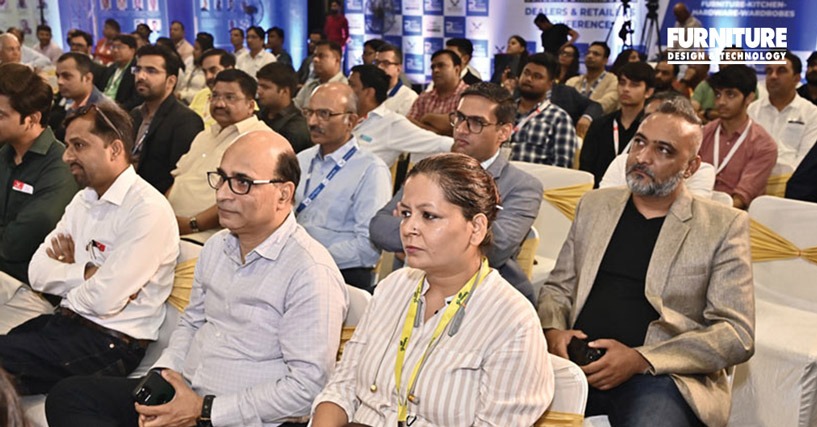
For furniture manufacturers, modular experts, traders, and distributors, it’s essential to identify the consumer you want to address and the products you want to offer. According to Mr. Muninder Pal Singh, “When we talk about Tier II cities in the real estate context, we refer to cities like Chandigarh, Jaipur, Lucknow, Kochi, which have a population of over a million. For example, a person willing to spend one crore on a house has the ability to allocate five to seven lakhs for interior work. However, when affordability decreases, it affects the budget allocated to interior work.” He highlighted an issue: “There’s a disconnection between what people can afford and what we offer. in terms of value. Value realization is crucial. Companies like LivSpace have recognized this opportunity and focused on providing budget-oriented solutions. The market is evolving, and people are becoming value-conscious rather than merely price-conscious. Even those residing in 30, 40 or 50 lakh houses can afford luxury items because financing is available. The challenge, however, lies in recognizing that the value of furnishings should be considered as an integral part of home investments.”

Elaborating on the evolving landscape of the luxury segment, Timbadia cited, “The Indian furniture industry is presently valued at approximately USD 20 billion, and it’s experiencing a steady growth rate of 5 per cent. Notably, luxury furniture constitutes 15-20 per cent of this vast market. By the end of 2027, we anticipate the industry to reach a valuation of around USD 30 billion. This growth is a testament to the evolving consumer mindset, which has seen significant changes over the past three to five years, particularly in the aftermath of the pandemic.” A paradigm shift is occurring. “Today’s consumers are not just well-informed about what they want; they’re well-traveled and possess a comprehensive understanding of materials and the customizations available in the furniture industry. This transformation in consumer behavior is undeniably positive.”
The furniture market is not just about the products; it’s about understanding the evolving demands of consumers, which in turn influences the financial aspects of the industry. The luxury furniture sector has grown significantly and is set to continue on this trajectory. With a clear understanding of consumer needs, businesses in this industry are poised to thrive in the evolving market. Statistically pointing out, Mr. Pragat Dvivedi added, “Tier II cities have vast potential, catering to various consumer segments. However, their purchase power varies. Tier III and Tier IV cities also have similar consumer segments, but their size is smaller when it comes to the high-end segment. The key is to understand your target audience and offer products accordingly.”

From Mr. Singh’s perspective, “I see a significant opportunity in the current market. Consumers in Tier I and Tier II cities are willing to pay for certain services. The issue, though, is that they struggle to find the right service providers. This presents a significant challenge.” Mr. Timbadia, on a positive note, asserted, “Day by day, labor costs are rising in India, prompting many carpenters and craftsmen to adopt a modular approach in their work. This trend indicates a clear movement towards modular furniture. It’s undoubtedly a great time to be in this industry.” On a similar note, Markose added, “India is now prepared to embrace a wide array of new-age products. Regardless of whether we’re in Tier I, II, or III cities, Indian consumers are interconnected via the Internet. We all share aspirations and dreams, transcending geographical boundaries. For us, the key term is affordable luxury. I consider this segment to be the sweet spot in the market.
This article is a part of our exclusive article ‘Consumers Mindset of Metros & Tier 2 Cities’ which is originally published in Furniture Design & Technology (FDT Magazine) November 2023 print issue. If you want to read the full article, please subscribe Furniture Design & Technology Magazine here:
Furniture Design India and the magazine FURNITURE DESIGN & TECHNOLOGY (FDT magazine) are from the trusted 22-year-old media house of SURFACES REPORTER and PLY REPORTER.
FDT is a B2B monthly bilingual magazine from India that shares the pulse of the furniture business in India and connects the manufacturers, OEMS, product designers, architects, showrooms, designers and dealers.
Read More© 2025 Furniture Design and Technologies.. All Rights Reserved. Developed by eyeQ Advertising